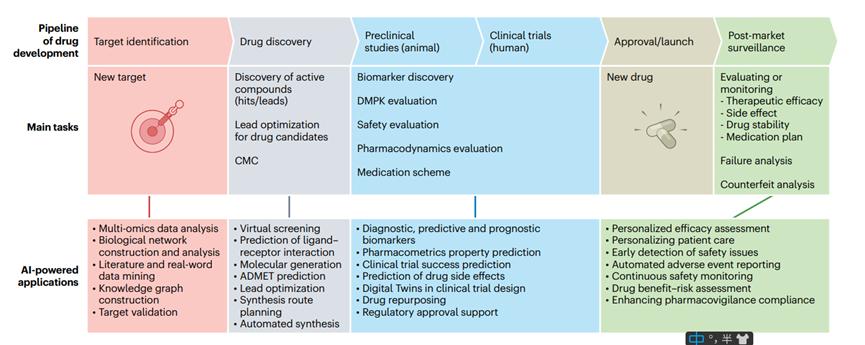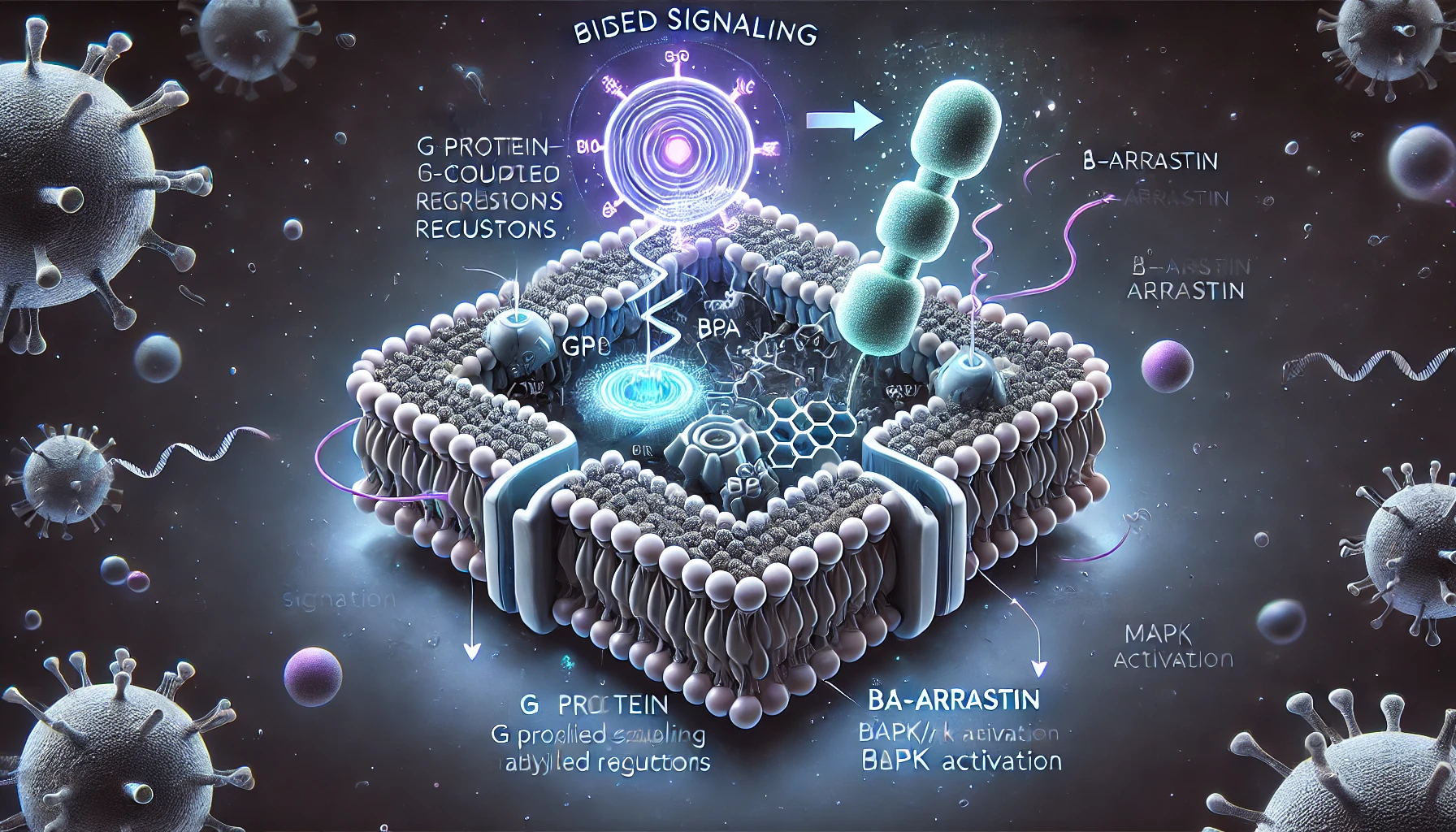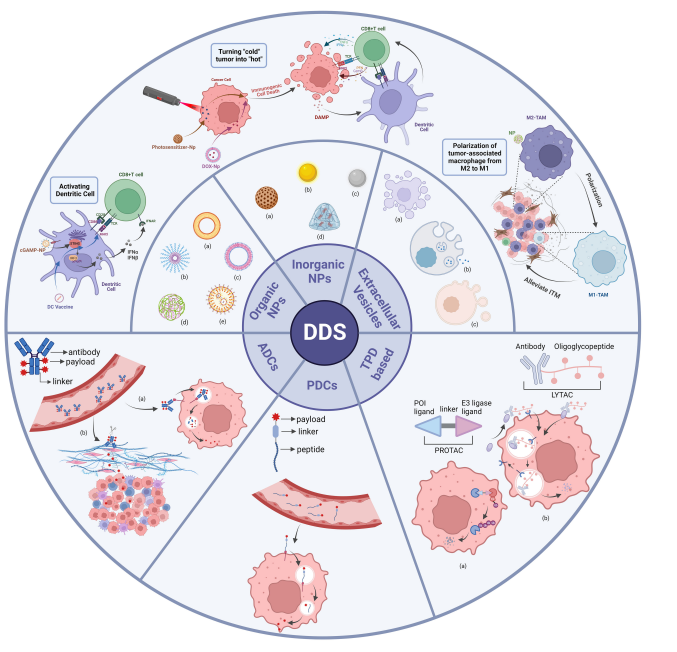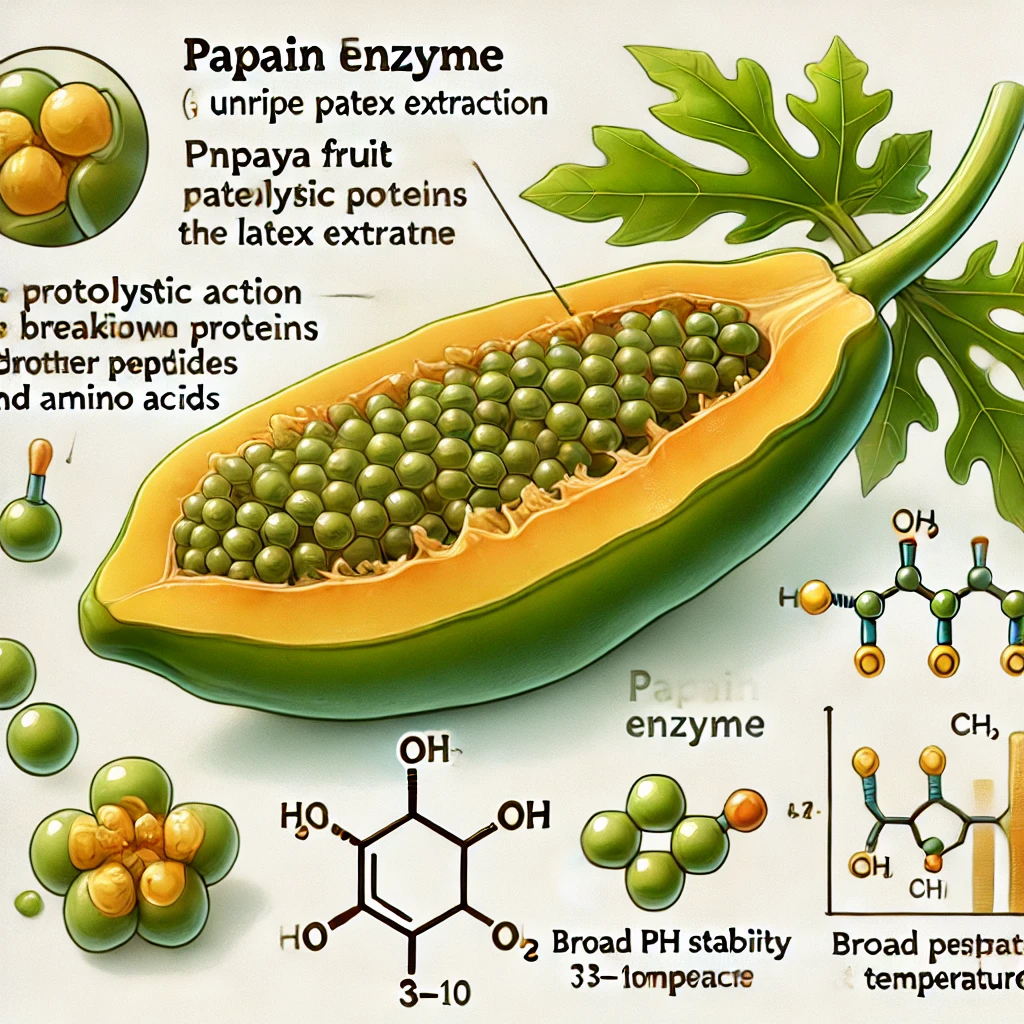Comprehensive Solutions for Ranolazine Research: High-Purity Compounds, Impurities, Metabolites, and Isotopically Labeled Products
Abstract
Ranolazine is a key pharmaceutical agent used in the treatment of chronic angina, distinguished by its unique mechanism of action which selectively inhibits the late phase of the inward sodium current in cardiac cells. This action reduces intracellular calcium overload, improving myocardial relaxation and alleviating angina symptoms. At MuseChem, we offer a comprehensive range of Ranolazine-related products to support advanced pharmaceutical research. Our offerings include high-purity Ranolazine, certified impurities, characterized metabolites, isotopically labeled compounds, and essential building blocks. These products are critical for studies focusing on Ranolazine’s pharmacokinetics, safety, and efficacy, as well as for the synthesis of novel therapeutic agents. By providing these high-quality materials, we enable researchers to conduct precise and reproducible studies, contributing to the development of improved cardiovascular therapies. Our commitment to quality and innovation ensures that the scientific community has access to the essential tools needed to advance the understanding and application of Ranolazine in medical research and drug development.
Introduction
Ranolazine is a prominent pharmaceutical agent used primarily in the treatment of chronic angina, a condition characterized by severe chest pain due to reduced blood flow to the heart. Unlike traditional anti-anginal medications, Ranolazine operates through a unique mechanism of action, making it a valuable addition to cardiovascular therapy.
Ranolazine’s effectiveness stems from its ability to selectively inhibit the late phase of the inward sodium current (INa) in cardiac cells. This inhibition reduces the intracellular sodium levels, which in turn decreases the sodium-dependent calcium overload in the heart. By mitigating this overload, Ranolazine improves myocardial relaxation and reduces the frequency and severity of angina attacks. This novel mechanism distinguishes Ranolazine from other anti-anginal drugs, such as beta-blockers and calcium channel blockers, which primarily work by decreasing the heart’s workload and oxygen demand.
The clinical significance of Ranolazine extends beyond its mechanism of action. It has been shown to be effective in patients who have not responded adequately to other treatments. Moreover, Ranolazine does not significantly impact heart rate or blood pressure, making it a suitable option for patients with comorbid conditions where traditional therapies may pose risks. This favorable profile has led to its inclusion in guidelines for the management of chronic angina by various cardiovascular health organizations.
At MuseChem, we recognize the importance of Ranolazine in cardiovascular medicine and are committed to providing high-quality Ranolazine, along with its impurities, metabolites, isotopically labeled compounds, and building blocks. Our comprehensive product offerings ensure that researchers and developers have the necessary tools to advance their studies and contribute to the ongoing improvement of cardiovascular therapies.
Ranolazine: A Key Pharmaceutical Agent
Ranolazine is a critical pharmaceutical agent specifically designed for the management of chronic angina. Chronic angina is a condition characterized by chest pain resulting from reduced blood flow to the heart muscle. Ranolazine’s unique pharmacological profile and mechanism of action distinguish it from other medications used to treat this condition, making it an essential component of cardiovascular therapy.
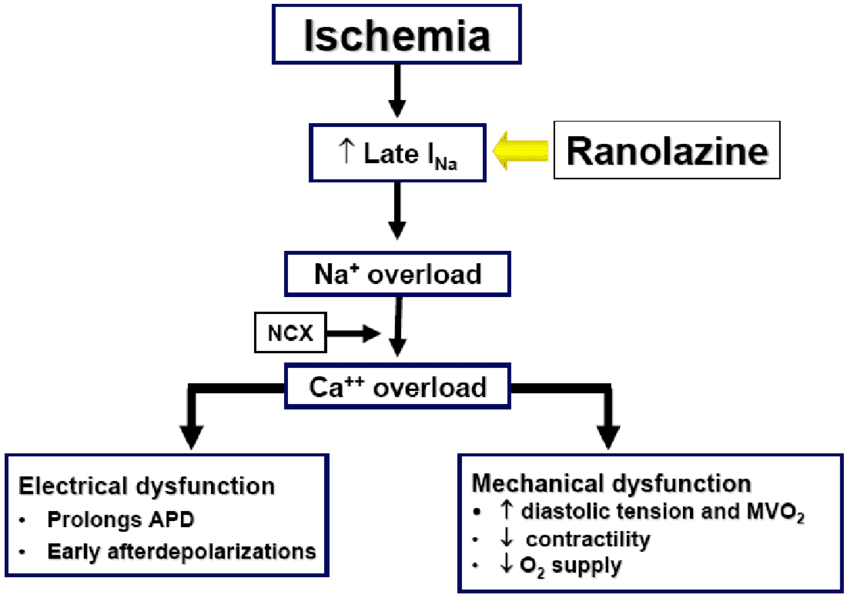
The mechanism of action of Ranolazine involves the selective inhibition of the late phase of the inward sodium current (INa) in myocardial cells. By reducing the influx of sodium, Ranolazine decreases the intracellular sodium concentration, which subsequently reduces calcium overload through the sodium-calcium exchanger. This process helps to improve diastolic relaxation and decrease ventricular tension, thereby alleviating the symptoms of angina without significantly affecting heart rate or blood pressure.
Clinical studies have demonstrated the efficacy of Ranolazine in reducing angina frequency and improving exercise tolerance in patients with chronic angina. It has been particularly beneficial for patients who have not achieved adequate relief with other anti-anginal agents, such as beta-blockers or calcium channel blockers. Additionally, Ranolazine has shown a favorable safety profile, making it a suitable option for a wide range of patients, including those with diabetes or chronic kidney disease.
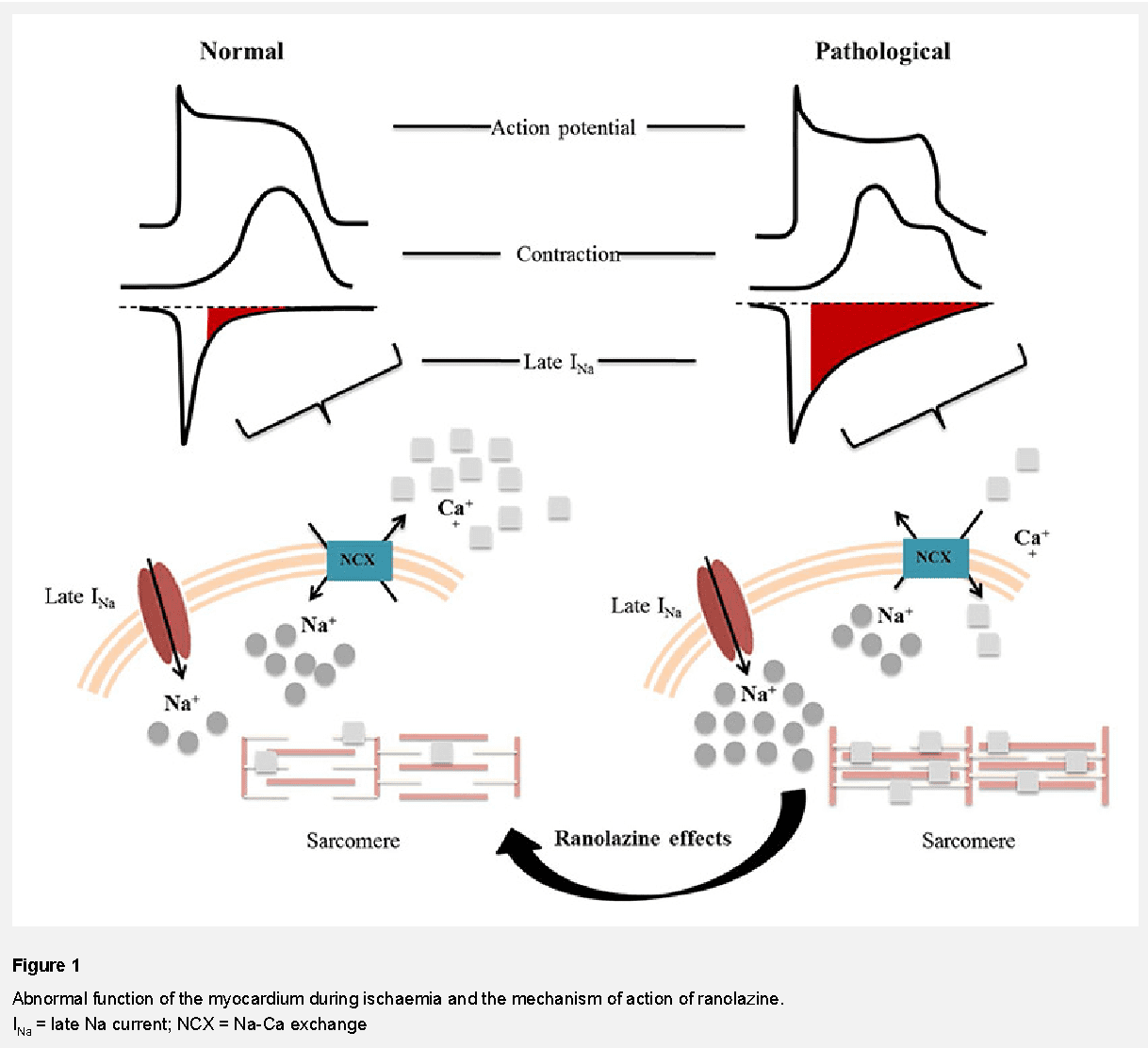
Ranolazine’s distinct benefits have led to its inclusion in treatment guidelines for chronic angina by various cardiovascular health authorities. It is often recommended as an add-on therapy for patients whose angina is not sufficiently controlled by first-line treatments. This endorsement underscores its importance in comprehensive cardiovascular care.
At MuseChem, we are dedicated to providing high-quality Ranolazine to support advanced research and clinical applications. Our product portfolio also includes impurities, metabolites, isotopically labeled compounds, and building blocks related to Ranolazine, ensuring researchers have access to the critical tools needed for innovative studies and drug development.
Comprehensive Product Offerings
At MuseChem, we are committed to supporting the advancement of pharmaceutical research by providing a comprehensive range of high-quality products related to Ranolazine. Our offerings include not only the pure form of Ranolazine but also its impurities, metabolites, isotopically labeled compounds, and essential building blocks. These products are crucial for researchers aiming to understand the pharmacokinetics, safety, and efficacy of Ranolazine, as well as for those involved in the synthesis of new therapeutic agents.
Ranolazine
Ranolazine itself is a cornerstone of our product portfolio. We supply high-purity Ranolazine suitable for a variety of research and development applications. Our Ranolazine meets stringent quality standards, ensuring that researchers can rely on its consistency and purity. This is vital for conducting accurate and reproducible studies, whether in preclinical or clinical phases of drug development.
Impurities of Ranolazine
Studying the impurities of a pharmaceutical compound is essential for understanding its safety and efficacy profile. Impurities can arise during the manufacturing process or from the degradation of the drug over time. At MuseChem, we offer a range of certified impurities of Ranolazine. These impurities are meticulously characterized and provided with detailed analytical data to support their use in various research applications.
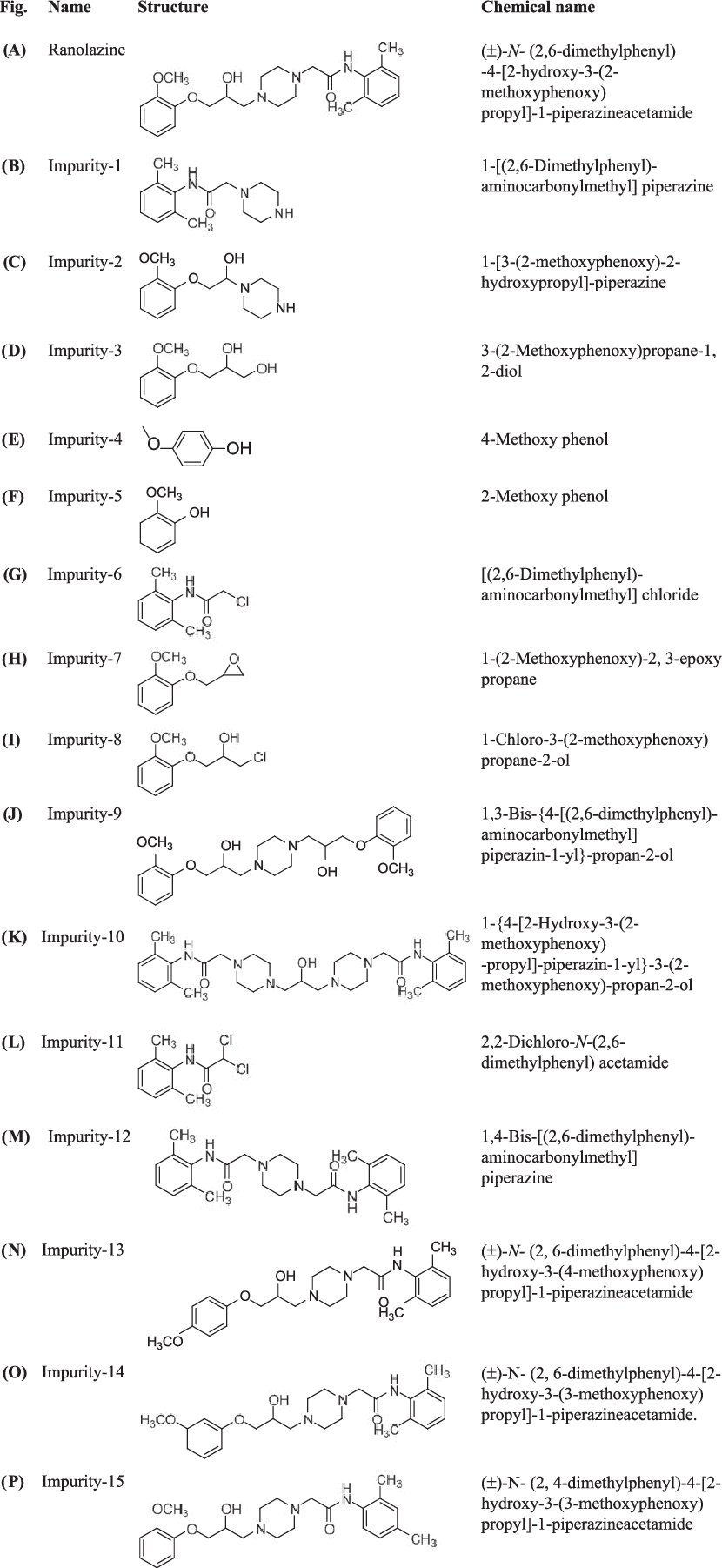
Our impurity standards help researchers perform comprehensive impurity profiling, which is crucial for regulatory submissions and ensuring the safety of the pharmaceutical product. By using our high-quality impurity standards, researchers can identify and quantify trace impurities, assess their potential impact on the drug’s safety, and develop methods to control them.
Metabolites of Ranolazine
The analysis of drug metabolites is a critical aspect of pharmacokinetic and pharmacodynamic studies. Understanding how a drug is metabolized in the body can reveal important information about its efficacy, safety, and potential interactions with other substances. We provide a range of Ranolazine metabolites, each accompanied by detailed characterization data.
Our Ranolazine metabolites are valuable tools for researchers studying the drug’s metabolic pathways, identifying active or toxic metabolites, and evaluating the pharmacological effects of these metabolites. These studies are essential for optimizing dosing regimens, improving therapeutic outcomes, and ensuring patient safety.
Isotopically Labeled Compounds
Isotopically labeled compounds are indispensable in modern pharmaceutical research. They are used extensively in pharmacokinetic studies, drug metabolism research, and bioanalytical assays. At MuseChem, we offer a selection of isotopically labeled Ranolazine compounds. These include deuterated, 13C-labeled, and 15N-labeled versions of Ranolazine, which are crucial for various analytical and research applications.
Isotopically labeled Ranolazine compounds allow researchers to trace the drug and its metabolites within biological systems with high precision. This helps in understanding the absorption, distribution, metabolism, and excretion (ADME) properties of the drug. Additionally, these labeled compounds are used in developing sensitive and specific analytical methods, such as mass spectrometry, to quantify Ranolazine and its metabolites in biological samples.
Building Blocks
Chemical building blocks are fundamental for the synthesis of complex pharmaceutical compounds. We provide essential building blocks related to Ranolazine, which can be used in the synthesis of analogs, derivatives, and novel therapeutic agents. These building blocks are of high purity and come with comprehensive analytical data to ensure their suitability for research and development purposes.
By offering these building blocks, we enable researchers to explore new chemical modifications of Ranolazine, potentially leading to the discovery of new drugs with improved efficacy and safety profiles. Our building blocks support medicinal chemistry efforts aimed at optimizing the pharmacological properties of Ranolazine and its derivatives.
Conclusion
Ranolazine is a pivotal pharmaceutical agent in the treatment of chronic angina, offering a unique mechanism of action that provides significant therapeutic benefits without the common side effects associated with traditional anti-anginal drugs. By selectively inhibiting the late phase of the inward sodium current in cardiac cells, Ranolazine effectively reduces intracellular calcium overload, leading to improved myocardial relaxation and decreased angina symptoms. This distinctive pharmacological profile underscores its importance in cardiovascular medicine, particularly for patients inadequately managed by conventional therapies.
At MuseChem, we are dedicated to advancing pharmaceutical research by providing a comprehensive range of products related to Ranolazine. Our offerings are meticulously designed to support diverse research needs, from studying the drug’s pharmacokinetics and pharmacodynamics to facilitating the synthesis of new therapeutic compounds.
Reference
- Shenasa, M., Assadi, H., Heidary, S., & Shenasa, H. (2016). Ranolazine: electrophysiologic effect, efficacy, and safety in patients with cardiac arrhythmias. Cardiac electrophysiology clinics, 8(2), 467-479.
- Chaitman, B. R., Pepine, C. J., Parker, J. O., Skopal, J., Chumakova, G., Kuch, J., … & Combination Assessment of Ranolazine In Stable Angina (CARISA) Investigators. (2004). Effects of ranolazine with atenolol, amlodipine, or diltiazem on exercise tolerance and angina frequency in patients with severe chronic angina: a randomized controlled trial. Jama, 291(3), 309-316.
- Stanley, L. A. (2024). Drug metabolism. In Pharmacognosy (pp. 597-624). Academic Press.

